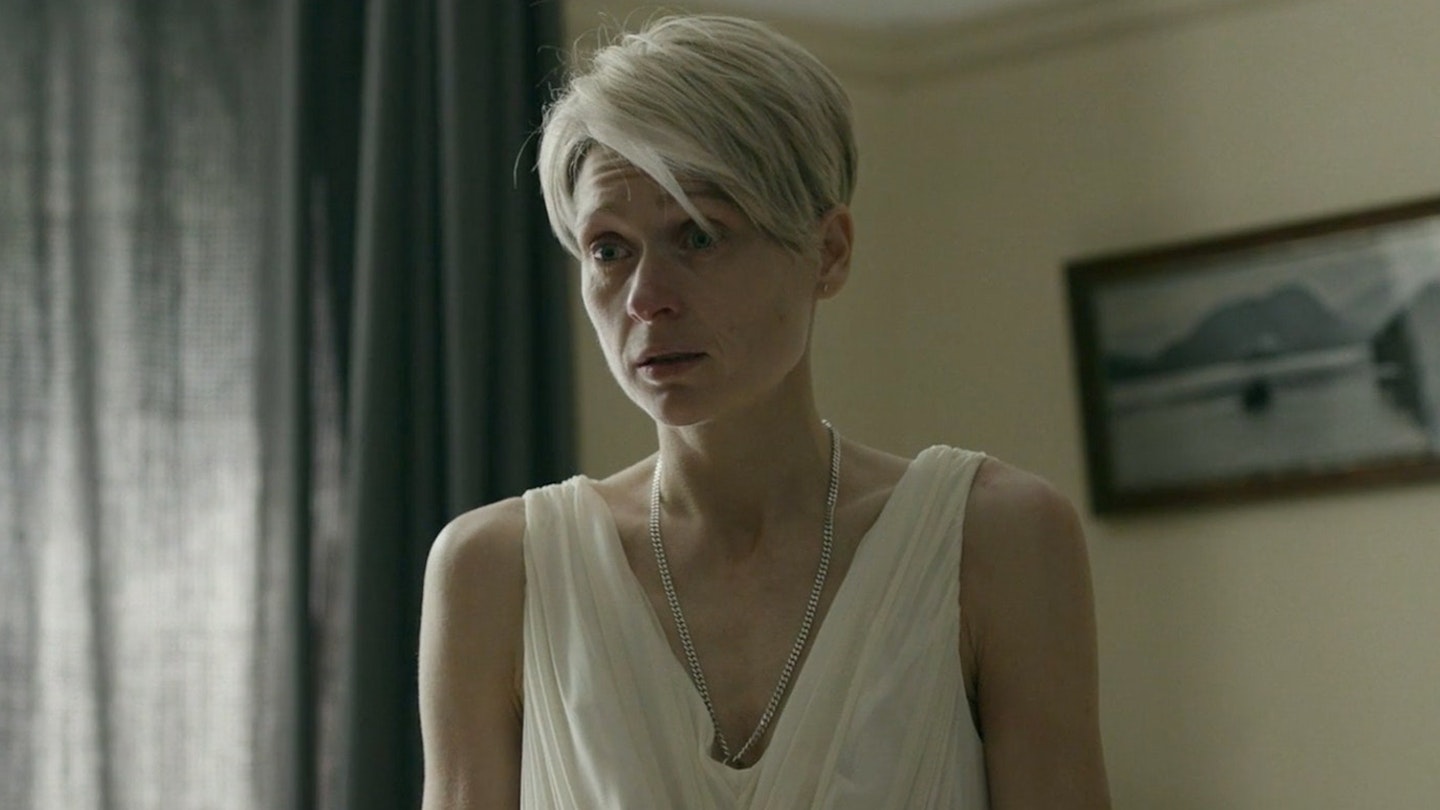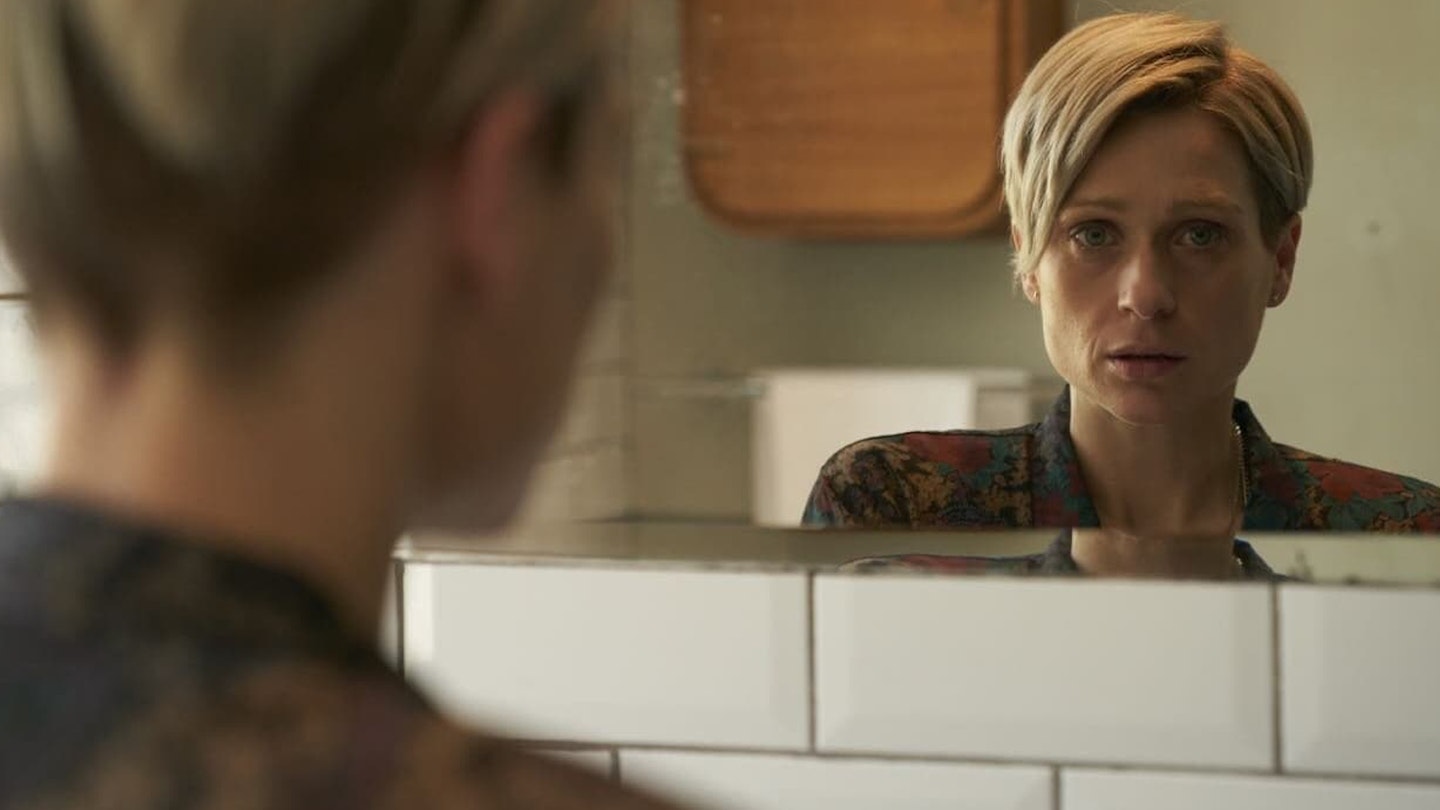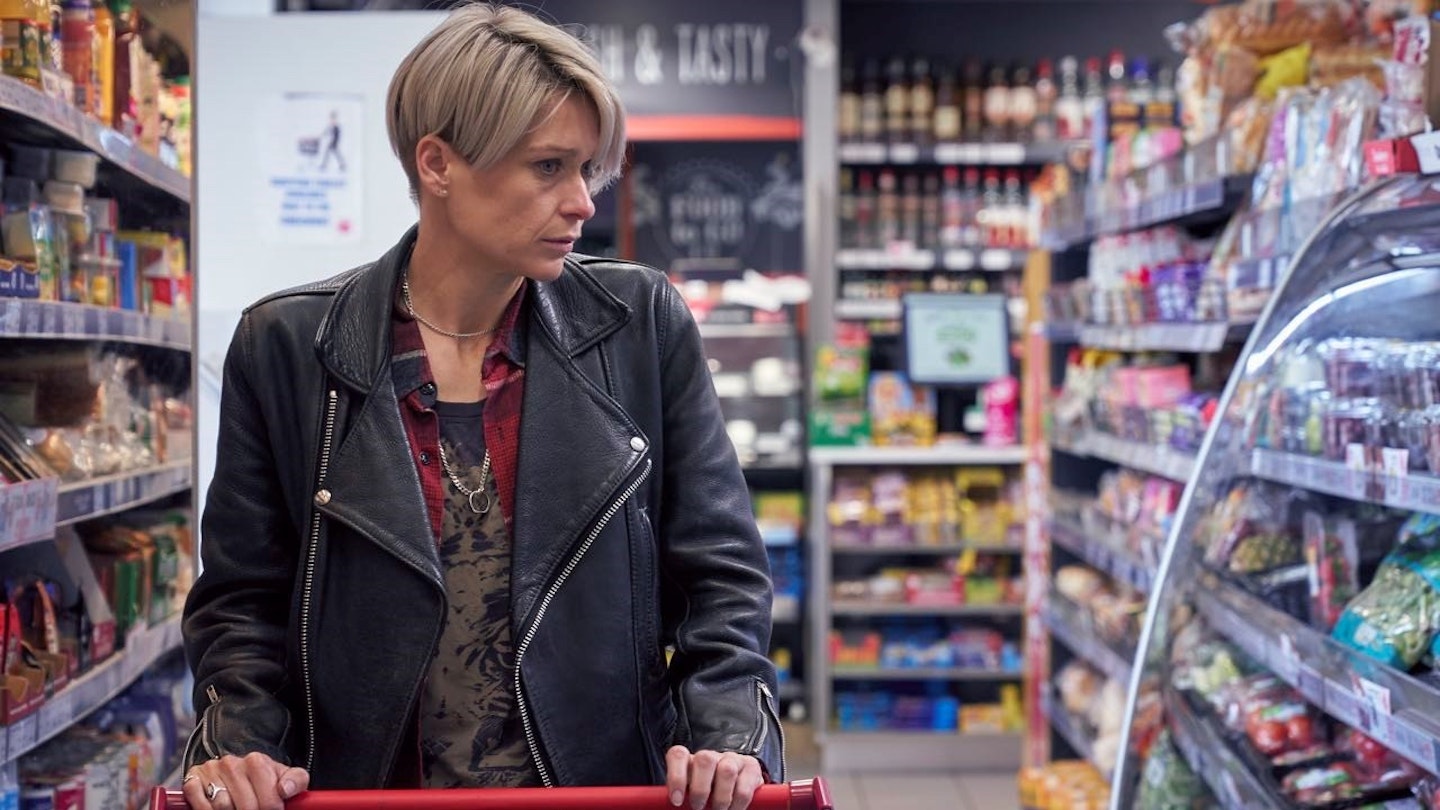Short-filmmaker Lucy Brydon (So It Goes, Babe) makes her feature debut with this sensitive exploration of the devastating impact of acute anorexia. Unusually for a film dealing with this subject, her protagonist is not a troubled adolescent but a 30-something single mother, Stephanie (Sian Brooke), who has recently been discharged from her fourth long-term stay at a care facility for the treatment of eating disorders. Determined to get better, she finds her efforts to reconnect with her long-suffering mother Susan (Amanda Burton) and spiky 15-year-old daughter Pearl (Fabienne Piolini-Castle, excellent) routinely rebuffed. Emotionally isolated, Stephanie embarks on a fling with her nurse, Shaun (Nick Blood), who initially seems to care for her but is clearly abusing both his position and her vulnerability. Recovery is far from assured.

Brooke is exceptional as Stephanie, a woman engaged in a tumultuous internal battle, constantly teetering on the edge. She wears her short platinum blonde hair, her leather jacket, like armour. A scene in which she examines some old pictures reveals a backstory as a war photojournalist; a likely traumatic experience which surely contributed to her current situation, even if it is never explicitly discussed.
Body Of Water is such a powerful watch because it favours realism over melodrama.
Later, Stephanie is aghast to discover that Pearl is beginning to show some worrying traits — hiding food, drinking — but simply doesn’t have the strength to modify her own behaviour. In turn, her family are unable give her the support that she needs. Insipid group sessions bring frustration. “Do you feel better?” she barks at a fellow sufferer. “Well, no,” is the honest response. Finally, Shaun betrays her in the worst possible way. Stephanie, it’s clear, has absolutely nowhere to turn. An extended sequence in which she gorges alone, in silent desperation, is gut-wrenchingly moving.
Body Of Water is such a powerful watch because it favours realism over melodrama. Brydon’s restrained screenplay, which doesn’t attempt to psychoanalyse Stephanie but presents her as she is in the moment, works in tandem with a muted colour palette and detached cinematography from Darran Bragg. While Stephanie is obviously skin and bones, the camera doesn’t linger on her physical form.
Like the film as a whole, Bragg concentrates on capturing Stephanie’s mental state; she is often framed in isolation, alone on the periphery of the action. A sex scene is strikingly cold, Stephanie’s face set firm, her eyes vacant, utterly unable to derive any pleasure from the consensual (though, perhaps, coerced) experience. As with the rest of her life, she is simply going through the motions.
Throughout, Rory Attwell’s mournful score knits together with Carine Koleilat’s evocative sound design — rushing water being both a recurring motif of Stephanie’s psychological distress and premonition of where it might lead her — to further intensify the relentless nature of this cruel disease.

